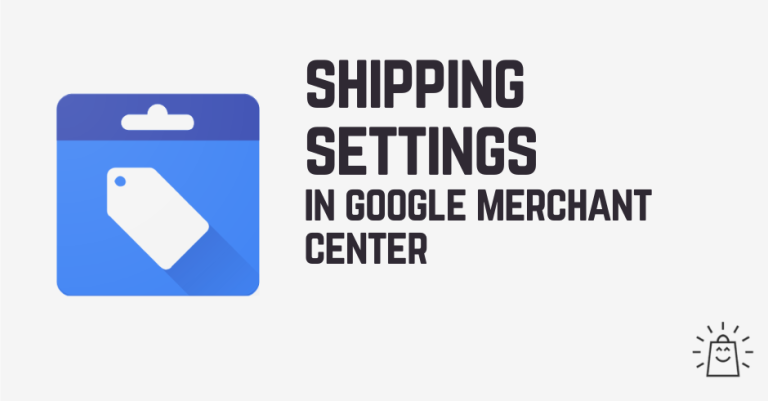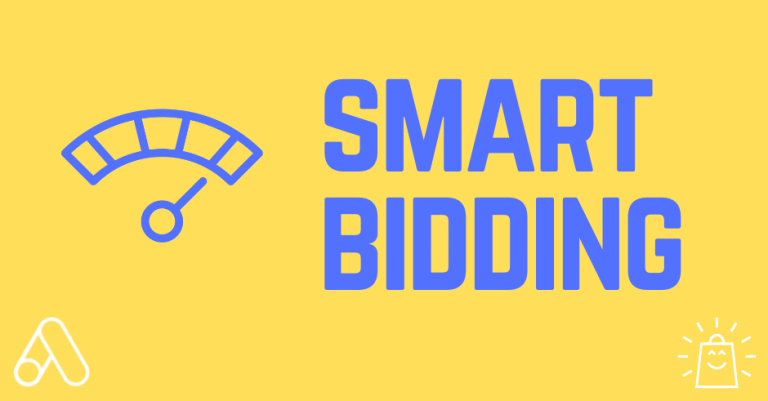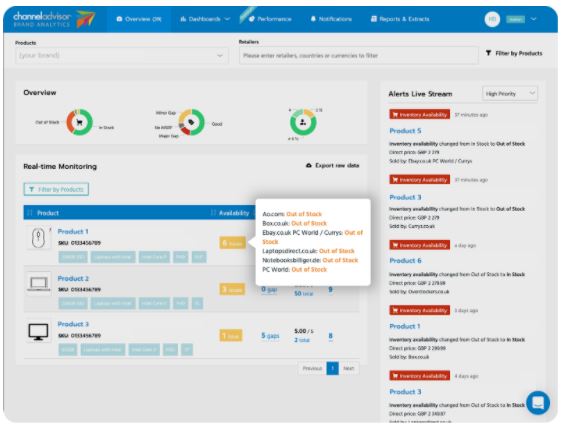The pandemic has fundamentally changed buyer behaviors. After being abruptly pushed into the spotlight, digital purchasing quickly became the new normal.
Customers adapted rapidly, too, prioritizing brands that offered engaging online experiences, responsive product pricing, and on-demand shipping options.
But the transition isn’t over yet.
As noted by the Harvard Business Review, 43% of consumers now shop online for products they bought in stores pre-pandemic, and 80% of U.S. consumers are still changing the way they shop.
The result? While the shift to ecommerce has transformed the way customers search, select, and shop for products, things are still changing. Here are the top 2022 ecommerce trends to watch.
1. Voice Search Value
Voice search was on the radar in 2020. With millions of virtual assistants in homes nationwide, it only made sense to incorporate ecommerce with electronic voice recognition.
But the market struggled to find solid footing.
While smart devices could recognize common words and phrases, integration with online shopping and billing platforms was basic at best.
As noted by Entrepreneur, however, the voice assistant market is now on track to hit $4 billion next year and voice shopping is expected to increase by 55%.
It makes sense. With consumers staying local over the last year, big tech brands such as Google and Amazon have been looking for ways to deliver increased in-home value for virtual assistants.
What Your Brand Should Do
For brands, leveraging the value of voice search requires both digital voice assistants and shopping carts capable of recognizing relevant keywords and taking specific actions.
This means equipping your site’s shopping experience with voice-driven capabilities such as providing product details, adding items to carts, or starting the checkout process.
2. Chatbots Coming of Age
While the first chatbot was developed in 1966, these question-and-answer conversationalists have seen substantial growth over the past few years.
First-generation chatbots made it possible for consumers to type in simple questions and have them quickly answered, rather than waiting in line for an in-person agent.
The challenge? These chatbots were limited to simple queries and straightforward answers. If users exceeded available knowledge, they were still put on hold until a live agent was available.
Developments in natural language processing (NLP) and machine learning algorithms, however, are driving a chatbot coming of age. New iterations are better able to parse both content and context, in turn helping users find what they’re looking for more quickly.
What Your Brand Should Do
Leaning into this trend requires a dual-track approach from your brand.
First, you need a chatbot infrastructure capable of handling questions at scale.
Just as important, however, is in-depth product page management to ensure your content is keyword-optimized and chatbots are pointing customers in the right direction.
3. The Evolving Influencer Impact
Social commerce is now a critical factor in online sales. From organic social media searches to user reviews and on-demand customer support through multiple social channels, companies can’t afford to ignore the social impact.
One area undergoing substantive change, however, is the use of social media influencers. While these brand ambassadors have become commonplace over the past few years, what consumers want from influencers is changing.
Buyers are no longer interested in obviously sponsored posts that are more like advertisements than interaction. Instead, they want to see popular influencers using products or services authentically.
What Your Brand Should Do
This creates an ecommerce opportunity. If your brand can create a strategy that showcases the real-world use-cases of your product and partner with popular influencers, you can increase both social reach and boost total sales.
4. The Engagement Evolution
Content is critical to creating engagement. But the sheer amount of content viewed by customers every day means it’s easy for brands to get lost in the mix — especially if their ecommerce product pages contain nothing but plain images and dry copy.
As noted by the Salsify 2021 Consumer Research Report, 86% of consumers now rely on digital information for both in-person and online shopping, making engagement imperative if brands want to drive conversion.
What Your Brand Should Do
In 2022, this means moving away from plain and simple product pages to leverage technologies such as 3D images, augmented reality (AR), and virtual photography.
These technologies can make it possible for customers to view your product from every angle, see how it fits in their home or lifestyle, and customize it online to meet their specific needs.
5. The Omnichannel Imperative
Rounding out the top 2022 ecommerce trends is the omnichannel experience.
The ability for customers to connect with brands via the channel of their choice has been gaining ground over the past few years. However, pre-pandemic shopping trends enabled traditionally brick-and-mortar stores or smaller brands new to the online space to deliver less-than-optimal omnichannel service.
What Your Brand Should Do
Post-pandemic priorities, however, see consumers looking for end-to-end engagement that extends across the entire ecommerce ecosystem — from product pages to purchasing options to customer service connections.
Put simply? In 2022, having strong omnichannel capabilities with your brand isn’t just important — it’s imperative.
Staying on Trend
2022 is just around the corner. And while ecommerce trends are generally continuing along the path pushed into the spotlight by pandemic pressures, more than a year of online-first purchasing is now driving more nuanced transformation.
Now familiar with fundamental ecommerce basics, consumers are looking for streamlined searching, connected chatbots, authentic influences, and intelligent, omnichannel experiences driven by personalized processes.
For brands, the message is simple. Prioritize these top 2022 ecommerce trends to stand out from the crowd and create reciprocal, lasting consumer relationships.
To ensure your product pages are trend-ready for 2022, check out Salsify’s Complete Product Page Toolkit.







